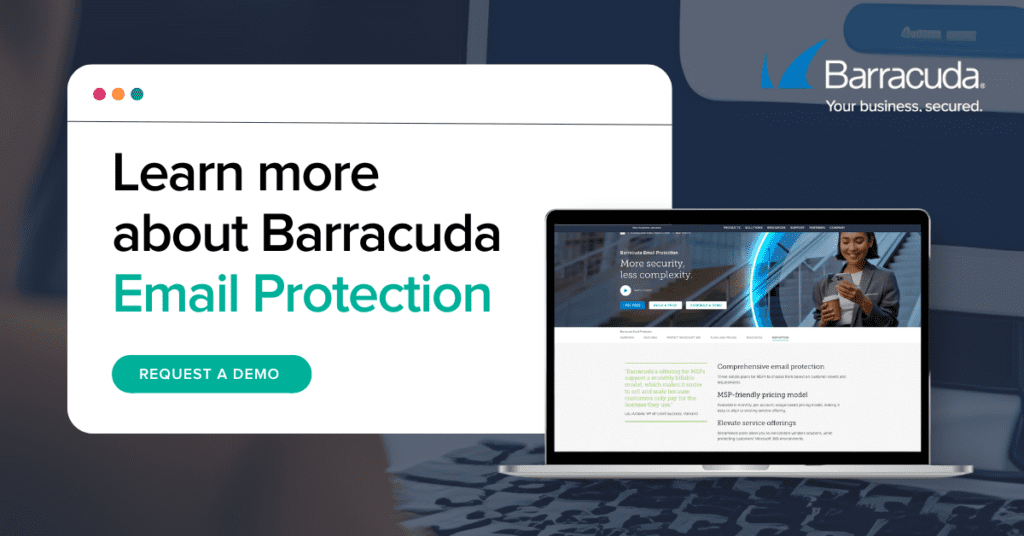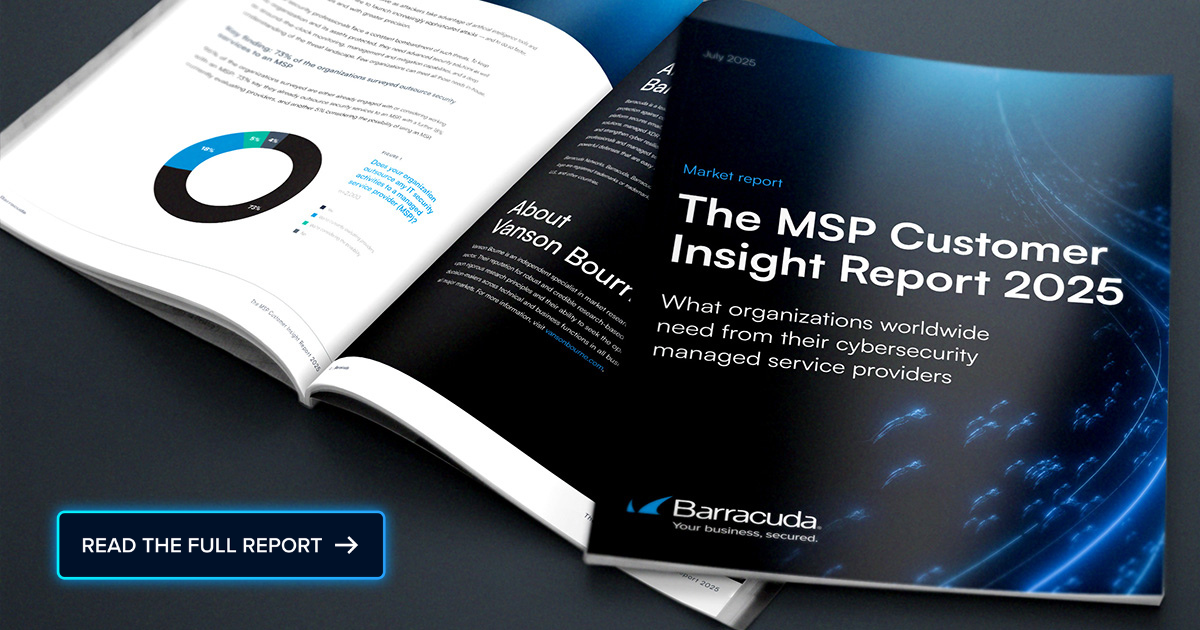

As advanced security solutions make it more challenging for traditional malware and other attacks to succeed, cybercriminals are increasingly turning to domain
spoofing and artificial intelligence (AI) to create more sophisticated and convincing phishing attacks. Recently, the North Korean cybercrime group Kimsuky demonstrated how dangerous domain spoofing can be when poorly configured Domain-based Message Authentication, Reporting & Conformance (DMARC) policies are exploited to run spear-phishing campaigns.
In this blog, we’ll explore why DMARC is an essential tool for protecting against email threats, how it works, and why businesses must prioritize its implementation.
What is DMARC?
DMARC (Domain-based Message Authentication, Reporting, and Conformance) is an email authentication protocol that protects email domains from unauthorized use, including spoofing and impersonation attacks. By leveraging Sender Policy Framework (SPF) and DomainKeys Identified Mail (DKIM), DMARC ensures that only authorized senders can send emails from your domain.
When configured effectively, DMARC provides organizations with:
- Protection against domain spoofing to safeguard their reputation.
- Actionable reporting insights to monitor email authentication and unauthorized use of their domains.
- Improved email deliverability by building trust with email service providers.
The rising threat of domain spoofing
Domain spoofing is a deceptive tactic where attackers forge the sender’s domain in an email header to impersonate trusted organizations. Phishing schemes commonly use this method to bypass basic security controls and deceive recipients.
Examples of attacks that often use domain spoofing include:
- Fake invoice scams. Cybercriminals spoof the domain of a popular vendor to send fraudulent invoices to accounts payable teams at target organizations. The email contains convincing details, including authentic-looking branding and links that redirect to malicious sites. Employees trust the email due to its perceived authenticity and legitimate-looking email address. And transfer funds to a fraudulent account.
- Conversation Hijacking. Fake invoice scams can be escalated with a conversation hijacking technique, where threat actors infiltrate email accounts to observe and manipulate ongoing conversations. By exploiting trusted threads, attackers send convincing emails that often rely on domain spoofing to redirect payments, steal sensitive information, or distribute malware.
- Business Email Compromise (BEC) attacks. Cybercriminals spoof the email address of a company’s CEO or other executives to send urgent requests for wire transfers or sensitive employee data to the finance or HR department. The targeted employees feel compelled by the sender’s authority and act quickly, resulting in financial loss or data breaches.
Domain spoofing presents a dual threat: it makes phishing emails more convincing and damages the domain owner’s reputation and ability to conduct business effectively.
How DMARC prevents domain spoofing
DMARC leverages DNS, DKIM, and SPF to verify email senders. It provides instructions to receiving email servers on how to handle unauthorized emails and generates detailed reports that help organizations identify and mitigate issues.
DMARC’s three policy modes allow businesses to adopt the protocol at their own pace:
- None: Monitor email traffic without enforcement.
- Quarantine: Send suspicious emails to spam.
- Reject: Block unauthorized emails outright.
When used as part of a multi-layered security strategy, DMARC becomes one of the most effective tools for protecting against impersonation attacks.
The benefits of DMARC for organizations
For businesses of all sizes, DMARC adoption represents a significant opportunity to enhance security while protecting their brands against spoofing. The benefits of DMARC are not only limited to security but also include:
- Enhanced email deliverability. DMARC compliance ensures legitimate emails are not flagged as spam, improving communication with customers and partners.
- Brand protection. It prevents attackers from impersonating a company’s domain, reducing the risk of reputational damage.
- Visibility and insights. DMARC reports offer clear insights into who sends emails on your behalf, helping identify unauthorized activity.
- Streamlined email authentication. Properly setting up SPF and DKIM ensures that legitimate emails get delivered while blocking malicious ones.
Google and Yahoo mandated DMARC for organizations sending over 5,000 emails, resulting in a 65% reduction in unauthenticated emails sent to Gmail alone. However, many smaller organizations still struggle to adopt the protocol due to its complexity.
Simplifying DMARC implementation
While DMARC is a powerful tool, its implementation can be challenging without the right expertise. Security teams can simplify the process with solutions like Barracuda Domain Fraud Protection, which eliminates this complexity.
By integrating DMARC into essential email security of threat prevention, automated incident response, and security awareness training, businesses can establish a robust defense against phishing and spoofing attacks. Barracuda helps organizations by including every layer of this essential security in our comprehensive Email Protection.
The time to protect your valuable domains is today
Domain spoofing is a growing threat that jeopardizes businesses’ reputations and email deliverability. DMARC offers an effective way to prevent bad actors from misusing legitimate domains.
For organizations today, prioritizing DMARC implementation is not just about email security—it’s about protecting their brand, reputation, and business operations.
If you haven’t yet adopted DMARC, now is the time to take action. A comprehensive email protection solution, like those offered by Barracuda, can simplify implementation and deliver the confidence your organization needs to stay secure.
This article was originally published at Barracuda Blog.
Photo: Yaroslav Astakhov / Shutterstock

